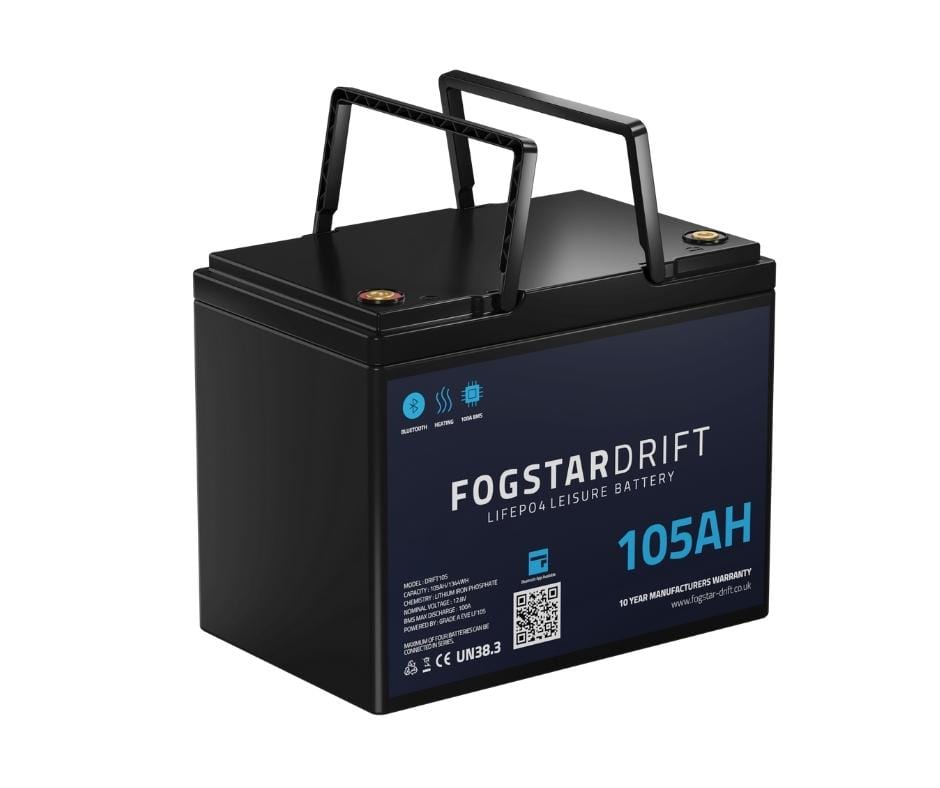Hi,
I'm trying to decide what batteries to go for in my van, for roughly the same price I can get 3 x Sok 100ah, 3 x Renogy 100ah or 1 x Fogstar 460ah.
Does anyone have an opinion on any of these batteries please? Is there a downside to going for one big battery over multiples of a smaller one?
Thanks in advance for any input.
Links to the batteries:
Sok 100ah - https://www.europe.sokbattery.com/p...0ah-lifepo4-battery-bluetooth-built-in-heater
Renogy 100ah - https://uk.renogy.com/12v-100ah-smart-lithium-iron-phosphate-battery-w-self-heating-function/
Fogstar 460ah - https://www.fogstar.co.uk/collectio.../products/fogstar-drift-460ah-leisure-battery
I'm trying to decide what batteries to go for in my van, for roughly the same price I can get 3 x Sok 100ah, 3 x Renogy 100ah or 1 x Fogstar 460ah.
Does anyone have an opinion on any of these batteries please? Is there a downside to going for one big battery over multiples of a smaller one?
Thanks in advance for any input.
Links to the batteries:
Sok 100ah - https://www.europe.sokbattery.com/p...0ah-lifepo4-battery-bluetooth-built-in-heater
Renogy 100ah - https://uk.renogy.com/12v-100ah-smart-lithium-iron-phosphate-battery-w-self-heating-function/
Fogstar 460ah - https://www.fogstar.co.uk/collectio.../products/fogstar-drift-460ah-leisure-battery



